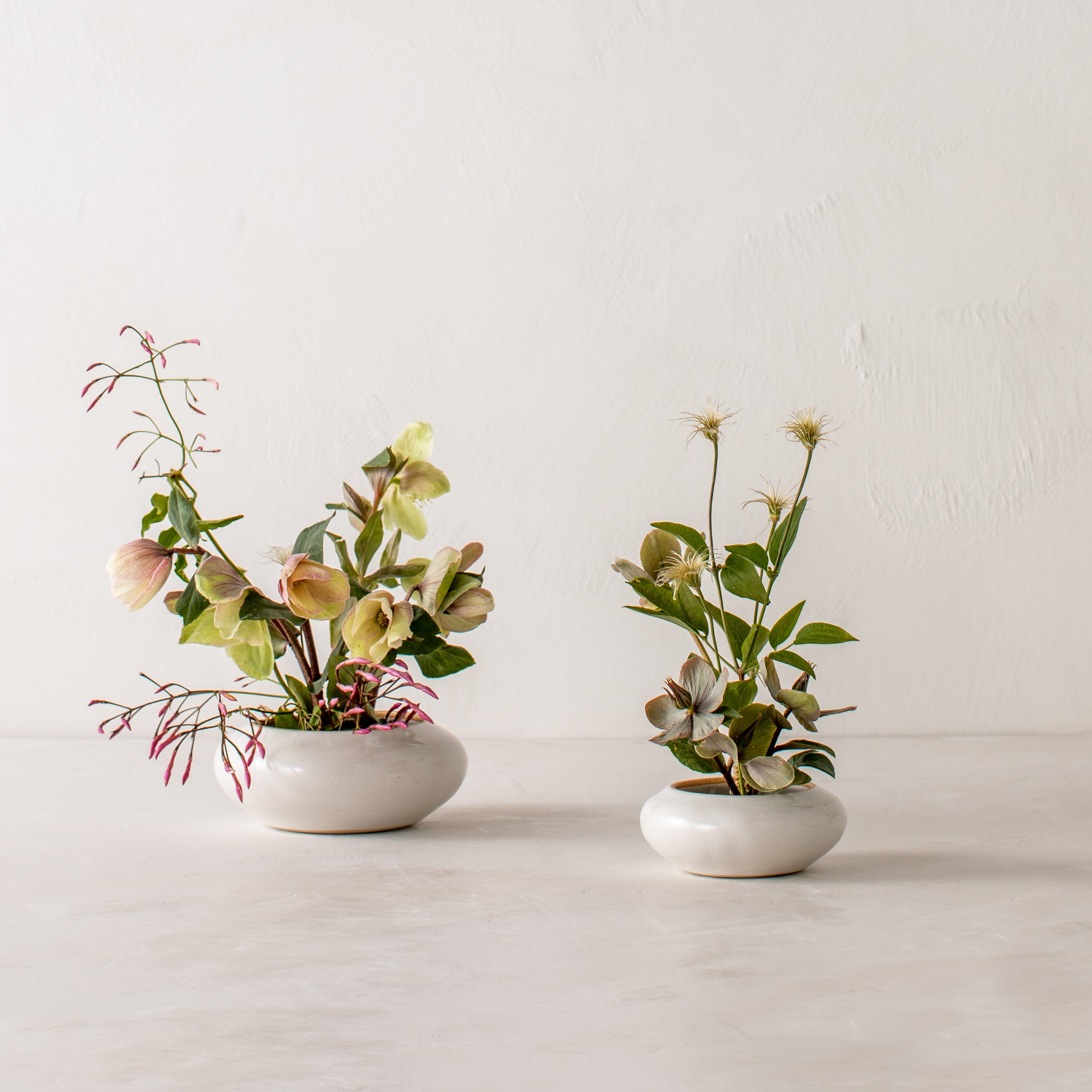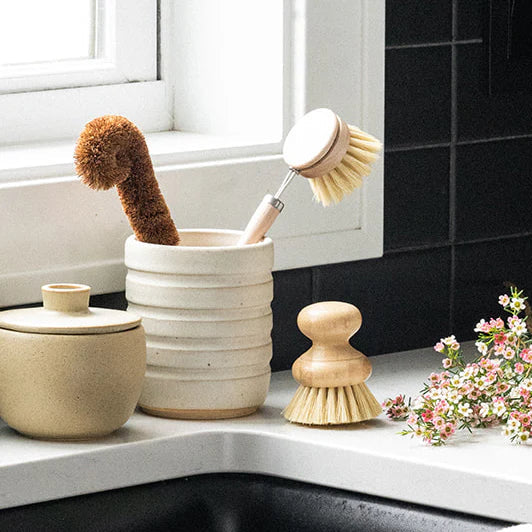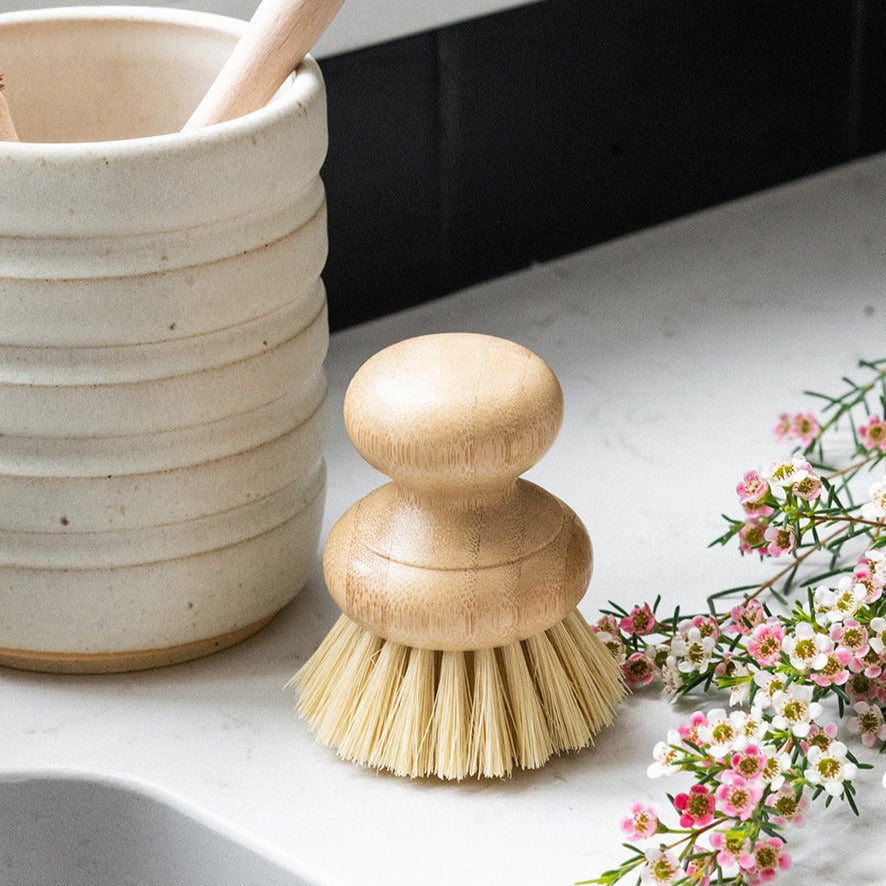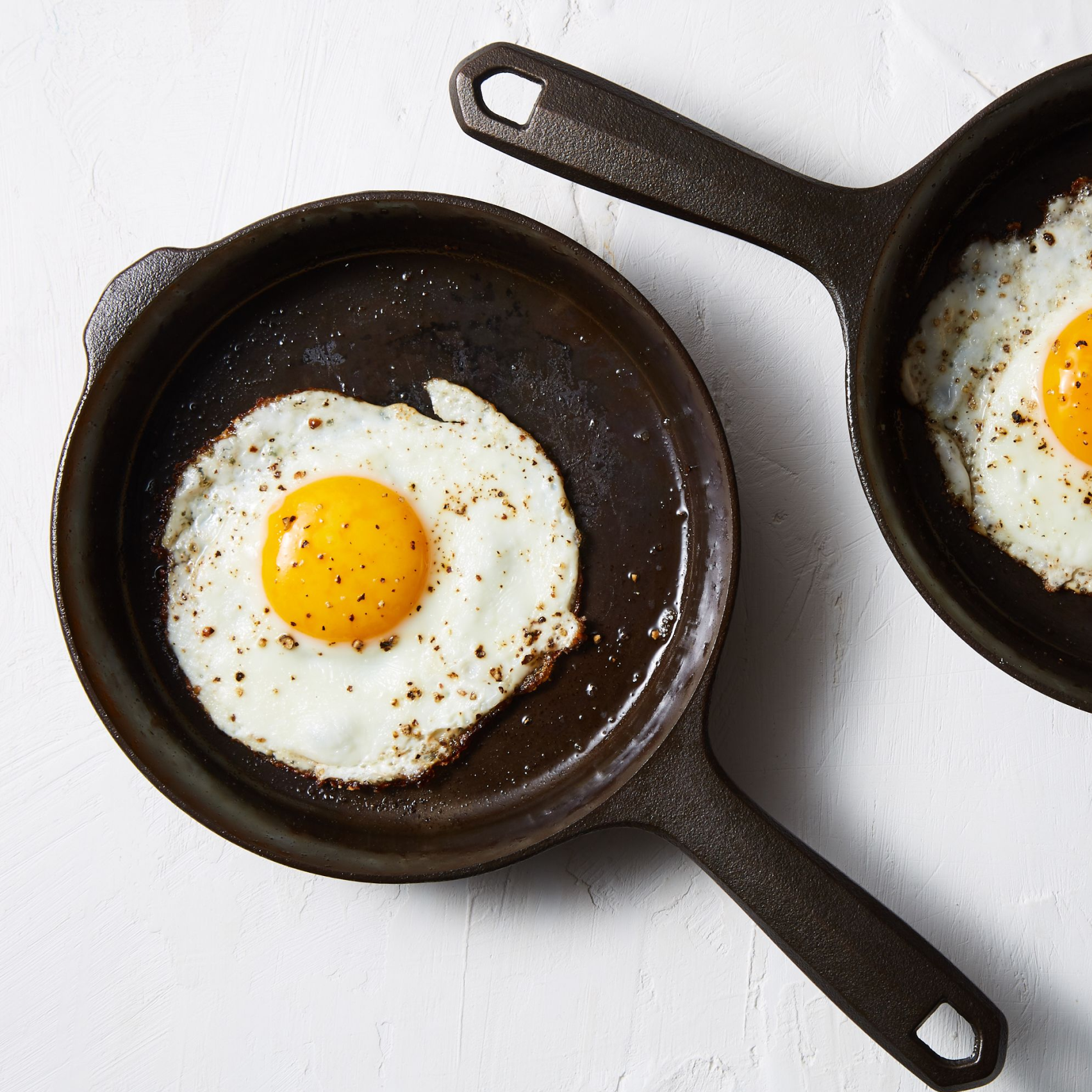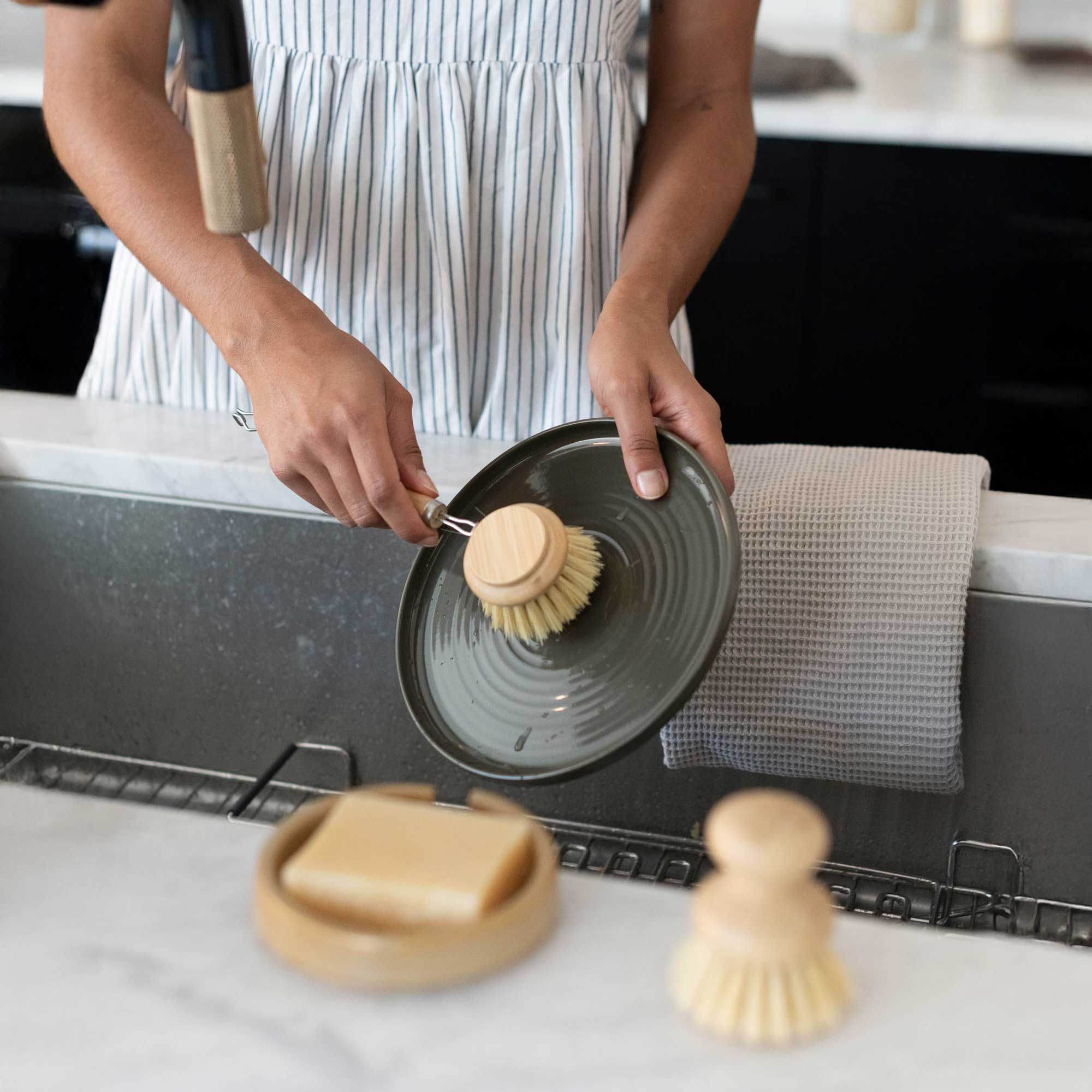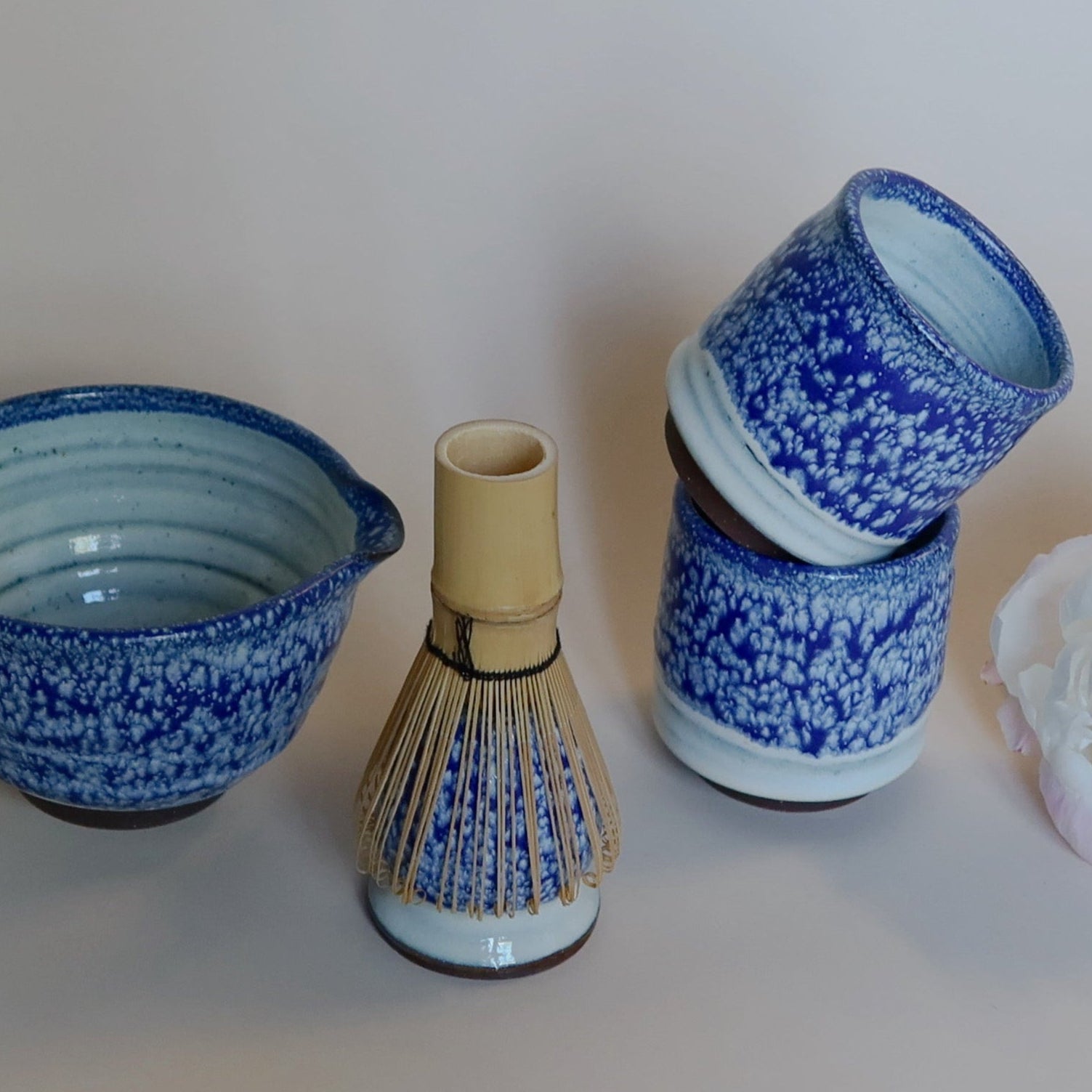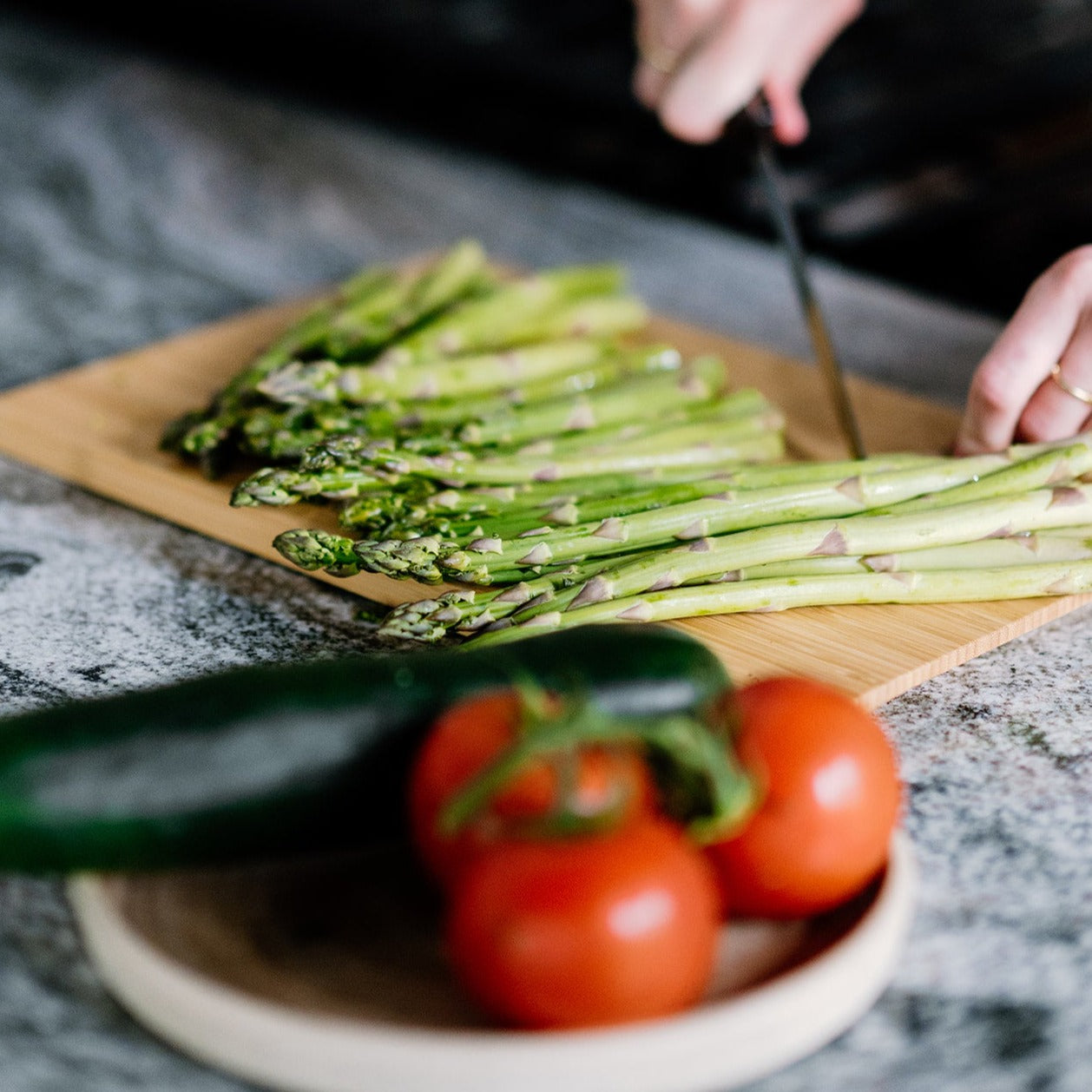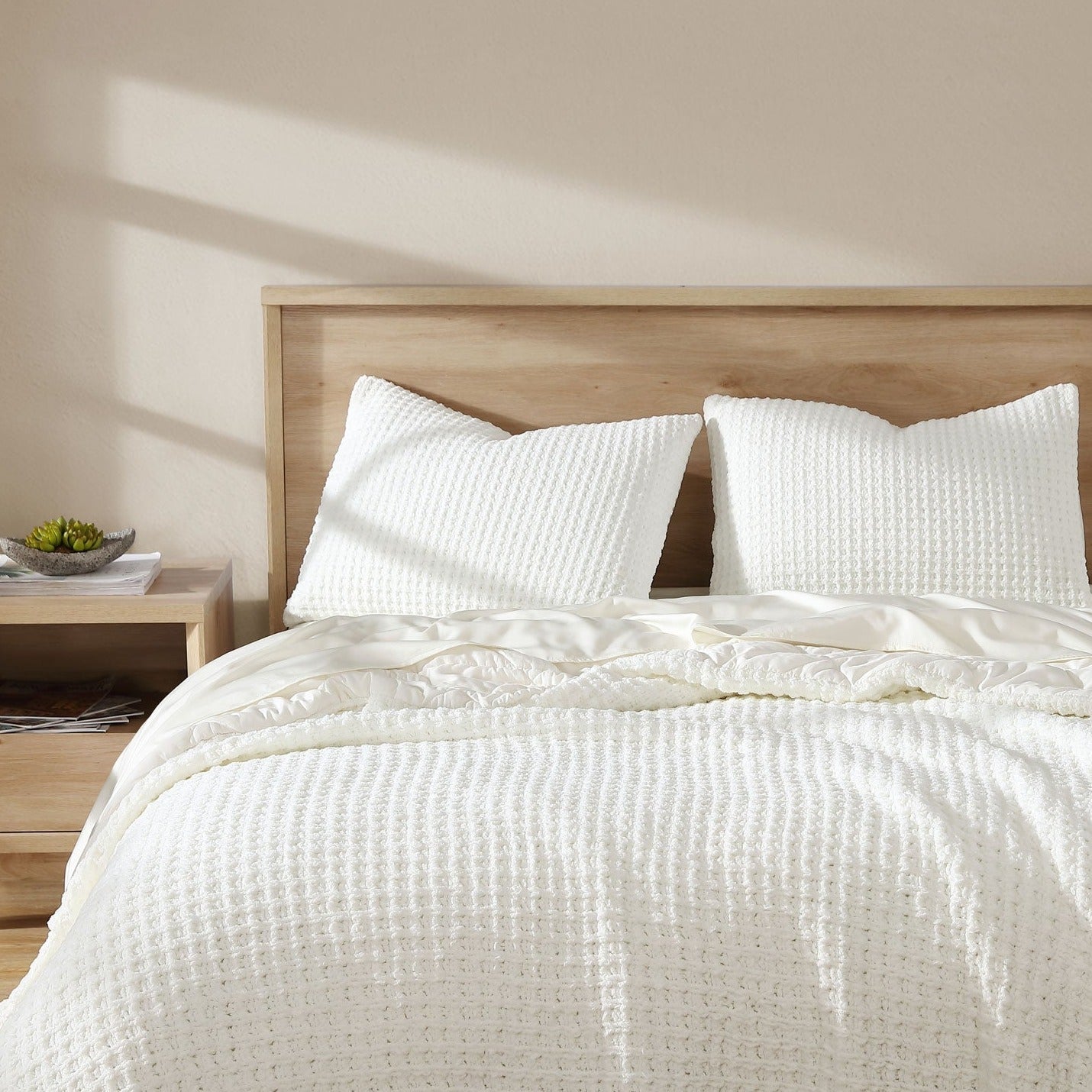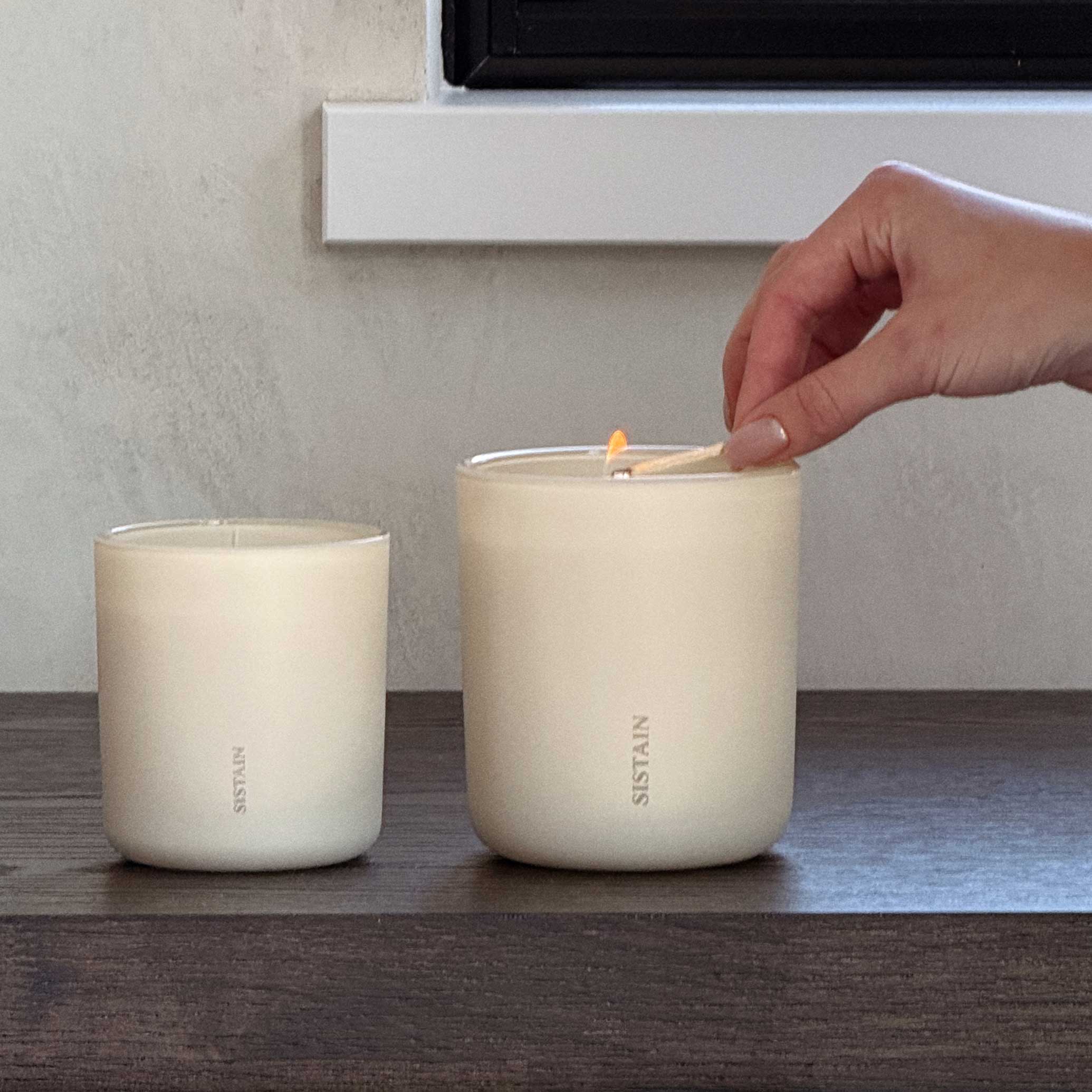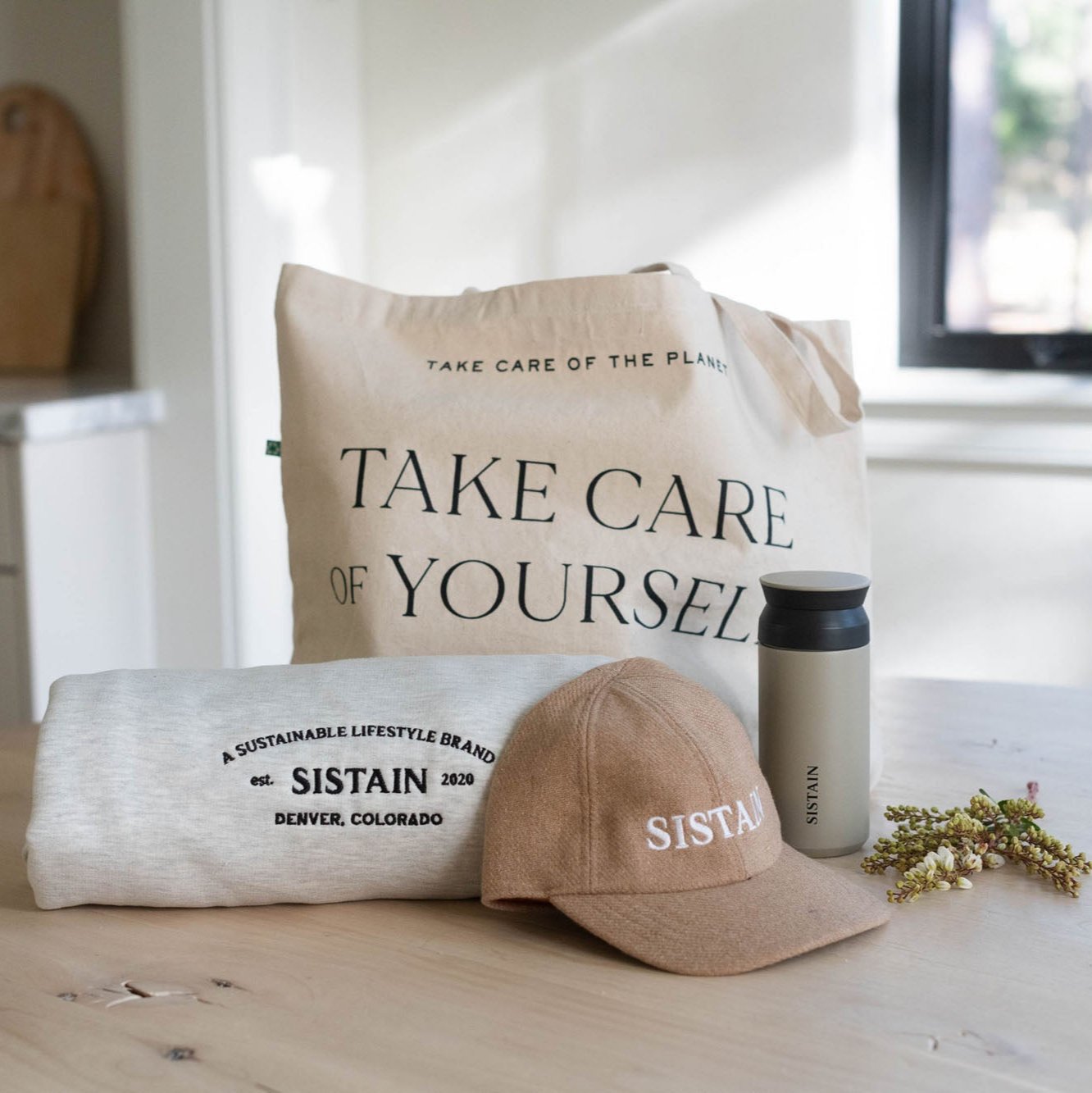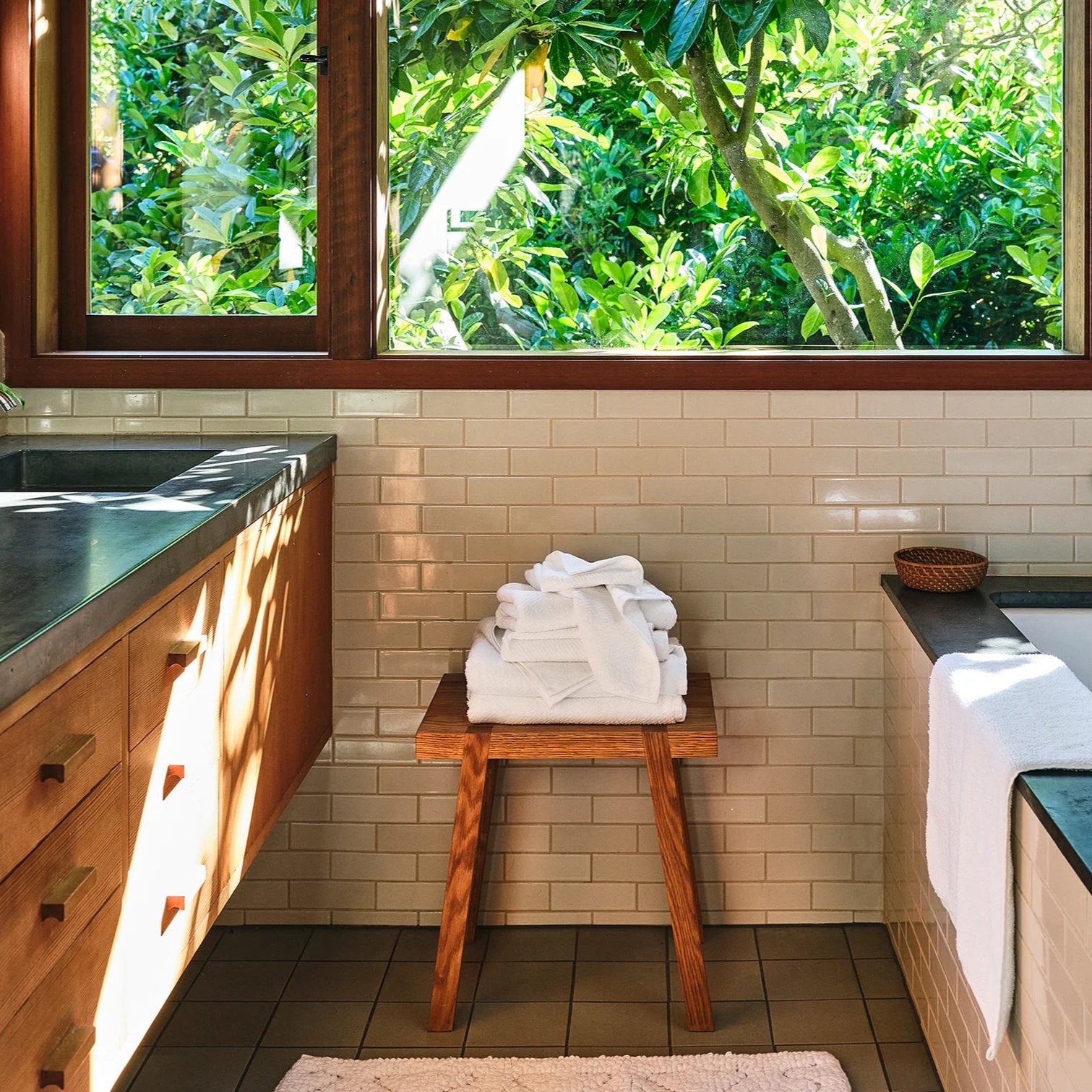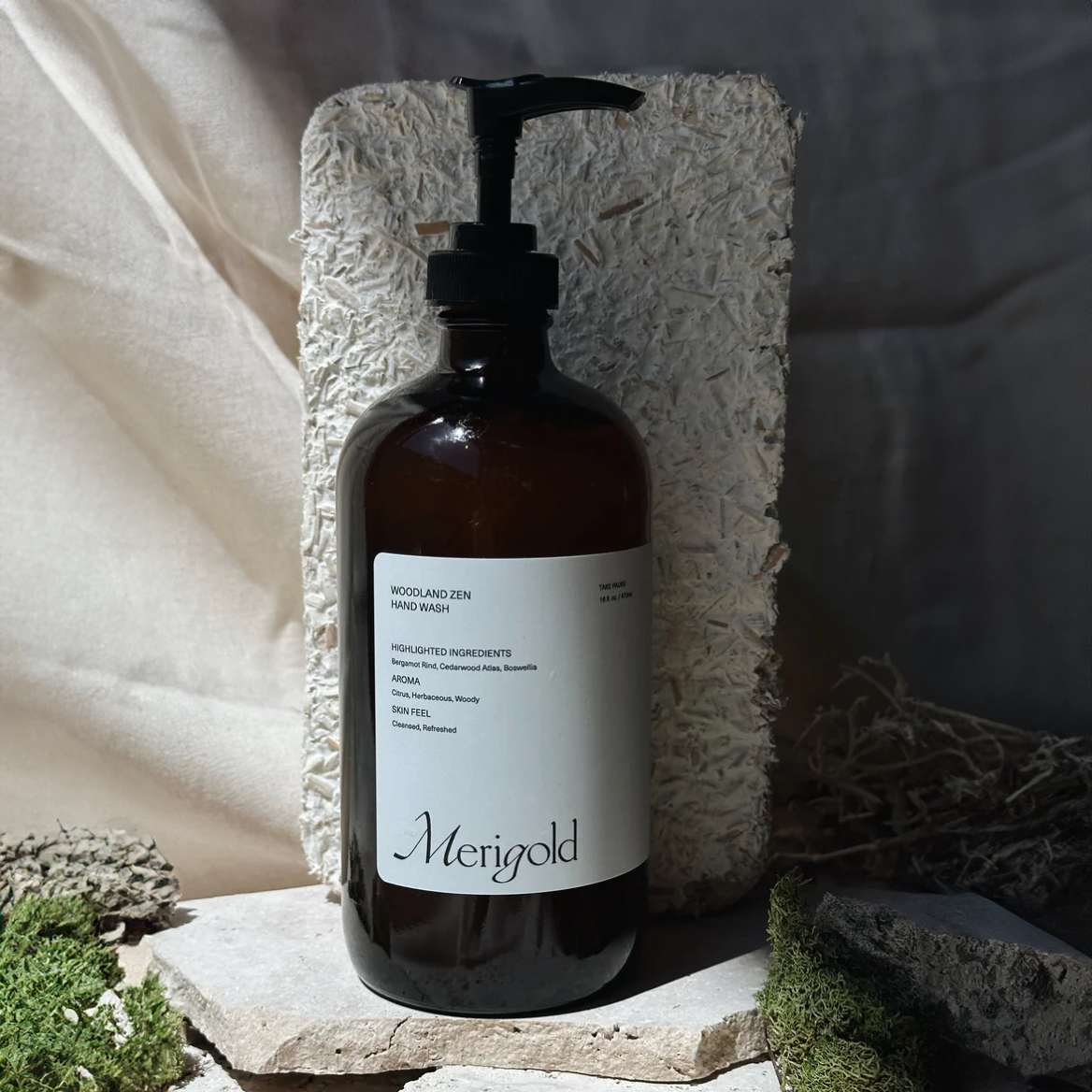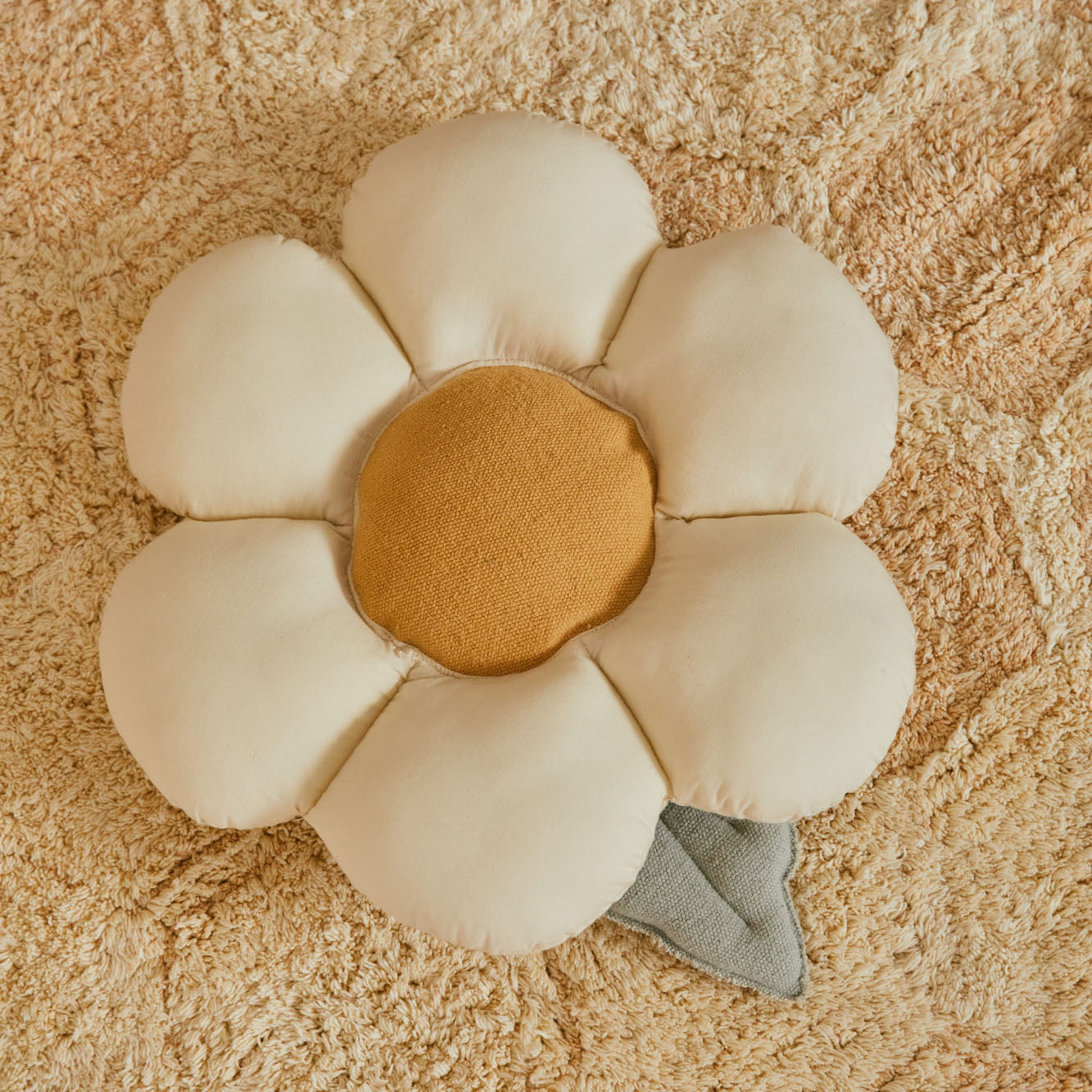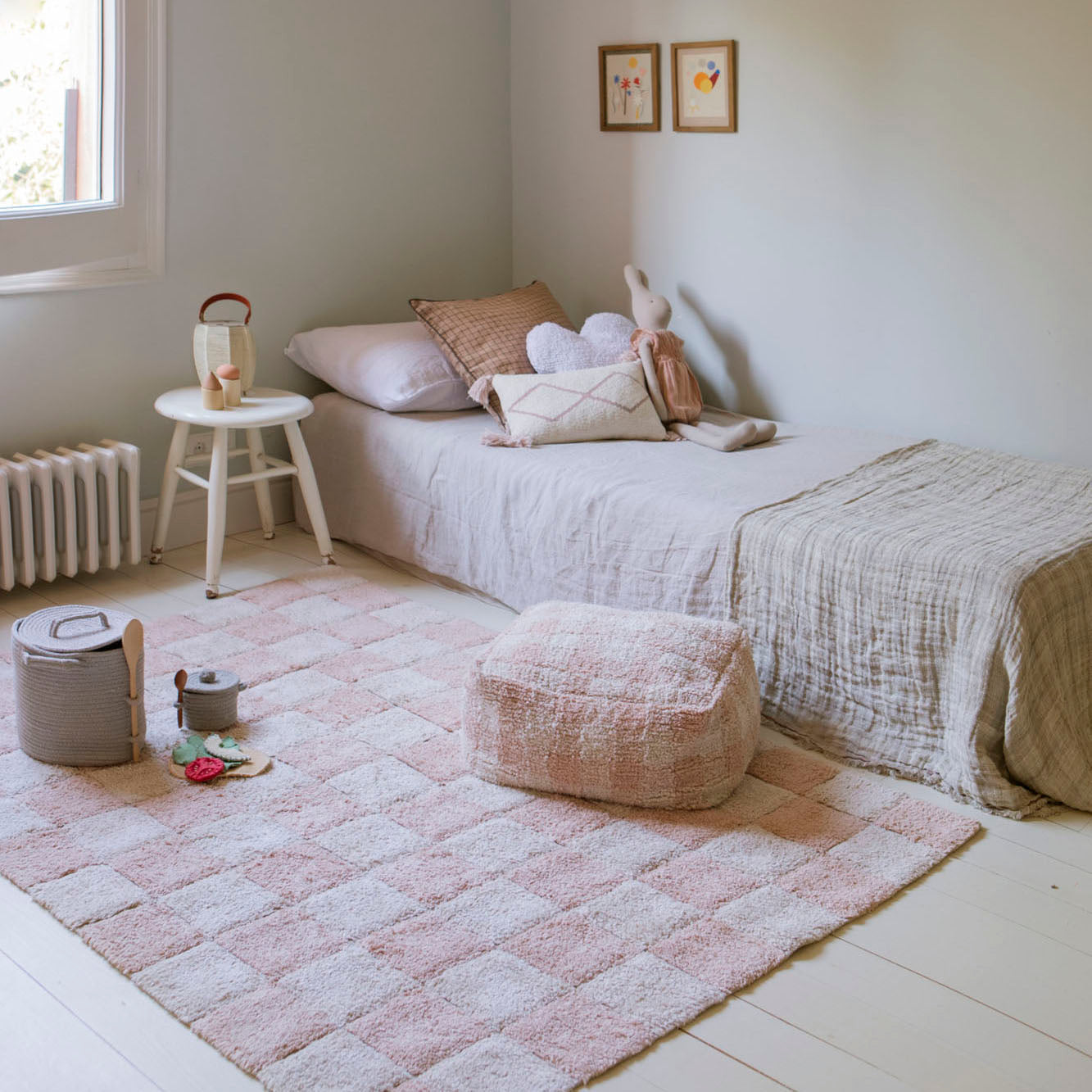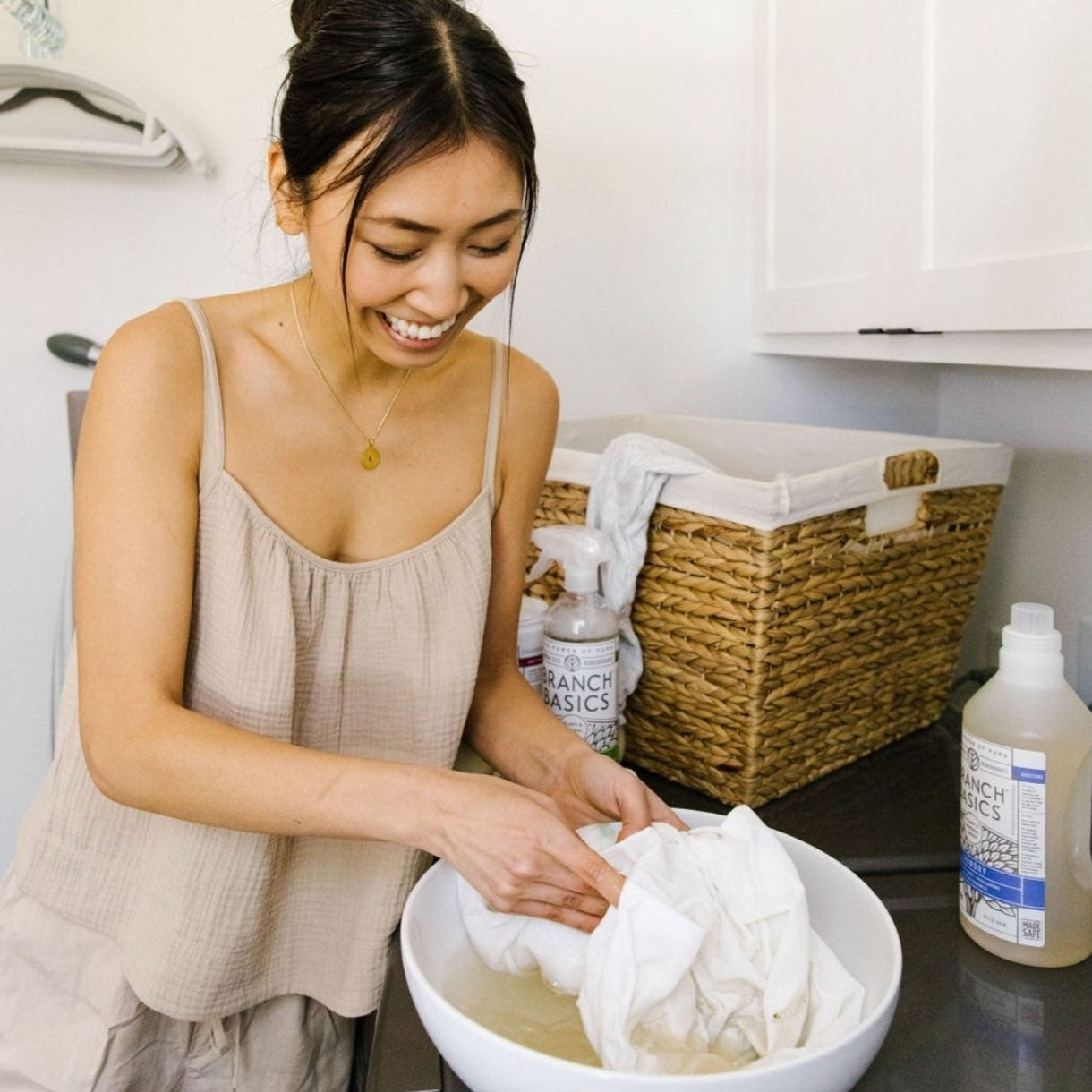Growing a Home Garden for Beginners: Vegetables

My father had a green thumb and his father before him. Both had very large vegetable gardens and as a child my job was to weed and pick. I loved it.
Over the years I have had small gardens when I had the space and for the last 10 years I have been toiling in my lakeside garden of 10 raised beds. But, even one garden bed can offer you lots of variety and be easily manageable.
I like to plant vegetables that give the “most bang for my buck” which means lots of vegetables per plant so you won’t find broccoli or cauliflower in my garden. Also if your space is limited beware of plants that get very large, like zucchini, corn, and squash and potatoes.
I’m a lazy gardener. I do not start my plants indoors during the winter. I either “direct seed” or I transplant store-bought plants such as tomatoes and peppers. Organic versions of seeds and transplants can be easily found online or in-store at home improvement stores—such as Home Depot—or local plant nurseries.
It’s important that you start small and learn as you go!
General Gardening Tips
SUN EXPOSURE
Pick the sunniest spot in your yard. Most vegetables like at least 6 hrs of sun a day.
TYPES OF GARDEN BEDS: ABOVE GROUND AND GROUND LEVEL
Above-Ground Beds : A good vegetable garden soil can be purchased at most hardware stores. This product should have all the nutrients and consistency you need.
Ground-Level Beds: If the bed is brand new skim, off 2-3” of soil and sod. Then till or spade in compost, manure and a granular fertilizer. Mix it all up until you have 8-10” of loose airy soil. I also add peat moss because we have lots of clay in my Midwest location.
WATERING
Most vegetables like about 1” of water per week. But no vegetable wants to be too wet or too dry—consistency is the key to continuous vegetable growth. The best time to water is in the morning. This will make the water available to the plant throughout the day and also allow the leaves to dry before nightfall. Damp leaves at night will encourage molds and fungus growth.
My Favorite Vegetables to Grow
1. CUCUMBERS
They come in a large variety but I tend to like burpless, small seed, thin cucumbers about 7-10” in length. Cucumbers can take up a lot of space but they can easily climb a trellis, so go vertical! This also allows the cucumber to hang so that it grows nice and straight.
Favorite Variety: Slicing cucumbers like ‘Marketmore’
Tip: Pick your cucumbers before they start turning yellow, as they will start to become bitter.

2. BEANS
Come in a wide variety but I prefer the plain old green bean best. Stake the plant to help keep the beans off the ground and help support the plant. Beans must be picked daily when they are producing because they grow fast! The plant will slow down its production if it is not picked regularly.
Favorite Variety: Seychelles
Tip: Wash and store in a container until you have enough for a meal. Trim, steam lightly, yum!

3. PEAS
There are three main types of peas to consider; Shelling peas, Snap Peas and Snow peas. Most varieties should be trellised to support the plant and will make pickering easier too.
Favorite Variety: Snap Peas. They are the most versatile because the pods and peas can both be eaten.
Tip: Peas do well in cool weather so plant a crop in the spring then plant another crop in mid summer to harvest in the fall.

4. PEPPERS
There are lots to choose from so I tend to plant a little bit of everything. Sweet peppers often only have 1-3 peppers per plant at a time so you may want a few plants. Hot peppers and smaller peppers tend to be more prolific. The pepper plant can be caged or staked.
Favorite Variety: Shishito - because they produce several per plant that are sweet (mostly) and easy to fry up whole.
Tip: Buy several plants at your farmers market and transplant in your space.

5. TOMATOES
Like peppers, there are many to choose from. Unlike peppers, some tomato plants can grow quite large so give your plants some space. They will require caging. Plant grape tomatoes because they are plentiful on the vine and are great for garden snacking!
Favorite Variety: Early Girl, it ripens early and has a compact round shape.
Tip #1: Tomatoes need space for airflow to prevent mildew and they like to stay well watered (2”/per wk)
Tip #2: Tomatoes don’t have to completely ripen on the vine. Pick them just as they start to turn red. Put them in a paper bag (I put mine in a kitchen cabinet) until ripe. The skin stays softer this way and not as weathered.

6. HERBS
Depending on your climate, some herbs can be perennials or annuals.
Perennial Herbs: Thyme, chives, parsley, tarragon, sage
Annual Herbs: Rosemary and basil
Favorite Variety: Genovese basil.
Tip: Perennials may get quite large but are easily dug up and divided and replanted, so share with your friends!

Other Advice for Beginner Gardeners
One step at a time
Choose the type of garden bed you want and start small
Prepare your soil
Choose the vegetables—transplant and seed, keeping in mind they will grow in size! READ THE LABELS AND FOLLOW THE INSTRUCTIONS
Mulch, weed and water your garden and enjoy the season
There are no mistakes, just make notes for next year
Tools
Two of my favorites:
Loop (circle) Hoe - for weeding
Serrated Japanese Hori Hori knife for just about everything else!
About Nadine Neimeister
Nadine has been gardening most of her adult life - from pots on her patio to large gardens when space allowed. She has a beautiful vegetable garden right on a lake that brings her so much joy. She learned a lot from her father, who always had a large vegetable garden and a green thumb, knowledge she has so kindly passed on to our SISTAIN community!

